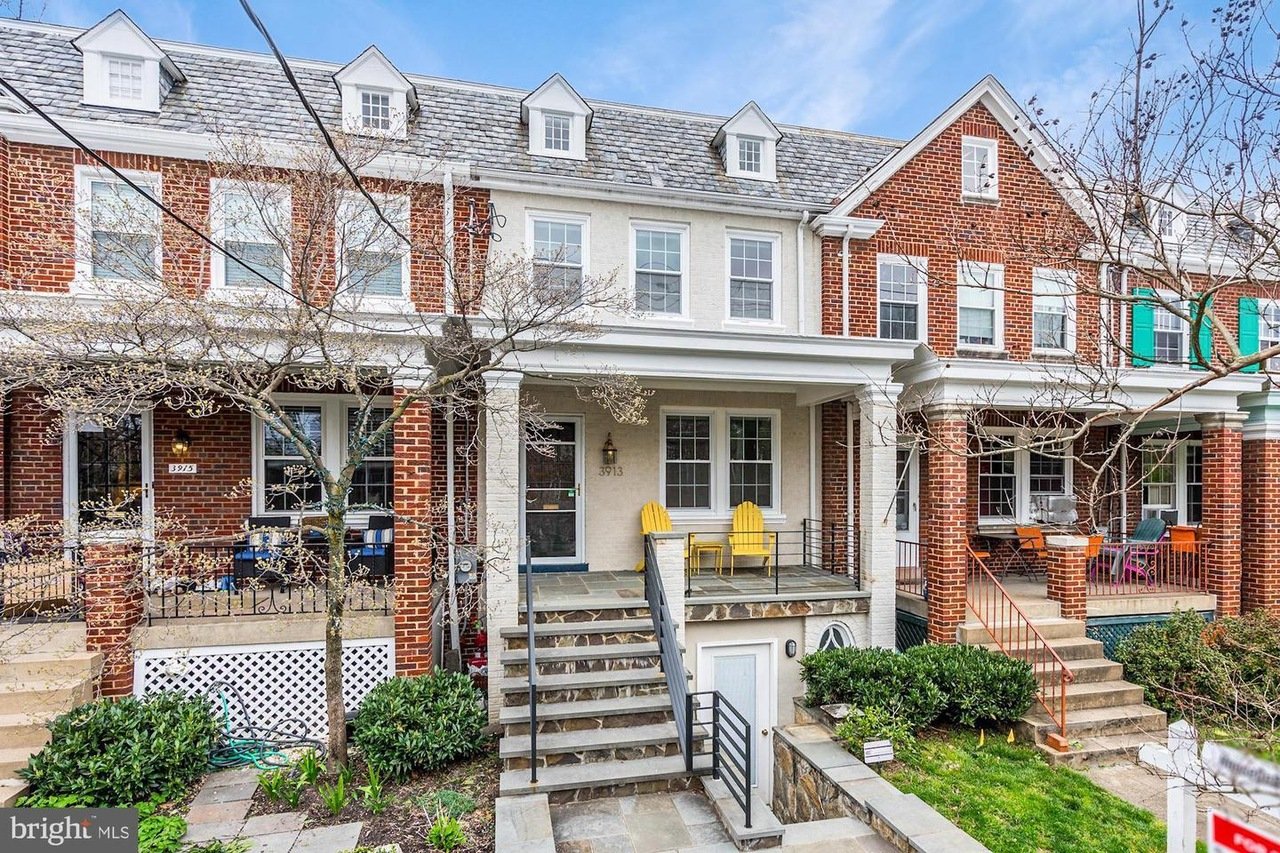By Judith Snyderman
While most new-home buyers are choosing new bath fixtures, there are good reasons to go vintage. Period fixtures blend well in period homes, while in newer houses antique materials distinguish one bathroom from every other one on the block. Plus, it’s environmentally friendly to recycle.
If you’re in search of an antique bath fixture, the Washington region is awash in inventory.
“Washington had plumbing fairly early, around the turn of the century,” says Art Grosman, a plumber and native DC resident. Many old-time tubs, toilets, and sinks were built to last: “The good thing about old valves made from heavy brass castings is that once you’ve fixed them, they’ll go for another 50 years.”
Good places to start the hunt for salvaged bath treasures are the Brass Knob in Adams Morgan (thebrassknob.com) and Community Forklift in Prince George’s County (communityforklift.com). You may also strike gold—or chrome—at estate sales, at Eastern Market’s weekend flea, or by trolling Craigslist.org.
But bargain hunters beware. Old fixtures can take hours of skilled labor to install and repair. For example, sinks built prior to the 1930s have a defunct threaded connection that will require a custom adapter to screw onto modern pipes. Finding replacement parts to connect old two-piece toilets with a dogleg bend can be hard.
Compared with buying reproductions, vintage may still save you money. At Home Depot, new freestanding tubs start around $2,000. At the Brass Knob, rersufaced clawfoot tubs start at $850.
Price isn’t the point for true antique aficionados; they want Old World craftsmanship. Diane Folk, who lives near Dupont Circle, bought a turn-of-the-last-century toilet with a tank that hangs on the wall. She loves the look, and, she says—because it doesn’t meet low-flow regulations for toilets built since 1994—“when you flush it, you can rely on it.”
Folk also purchased an old tub. Part of its charm is the exposed plumbing that runs up the back. To get the look just right, Folk bought new copper pipes and had the hardware nickel-plated at Abercrombie & Co. in Silver Spring.
That may be too much trouble for the average homeowner, but antique fixtures aren’t the only way to bring a little history into the bath. Improvised vanities can do the trick.
When Becky and Alan Dye added a first-floor powder room, they considered a pedestal sink in tune with the era of their 1898 Capitol Hill home. But Becky wanted under-sink storage. So she used an old linen cupboard that her parents bought in Germany in the 1950s. She removed the doors and used cloth covers to match the window treatments. She had a white sink cut into a stone countertop, added brass faucets, and then painted the room’s walls Palace red to blend with the cabinet’s dark wood.
The result impressed the Dyes’ neighbor Beth Peacock, an interior decorator. Peacock says wrestling antique dressers into bathroom vanities can be tricky: “By the time you add a granite or marble slab top and install an under-counter sink, the vanity is often too high and you’ve given up at least one good drawer of storage space.”
She recommends vanity counters wind up no taller than 36 inches. The Dyes’ piece stands at 34 inches high.
An even simpler way to evoke the ambiance of an old-fashioned bath is with tile. Manufacturers still make floor and wall tiles in sizes, shapes, and colors that evoke past generations. For floors, one-inch squares, round “penny” tiles, or hexagons with unglazed finishes create a retro feel. For walls, white “subway” tiles, usually three-by-six-inch rectangles, are a classic.
Old tiles weren’t manufactured with spacer pads, so grout lines were narrower than in most contemporary installations. If you want a truly authentic look, you or your tile installer will need to pay attention to the width of grout. Even the layout of the tile can make a difference. “Basket weave” and “domino” patterns are a distinctive feature of tile work in many older bathrooms.
In his own home, Grosman painstakingly gutted and rebuilt a bathroom mixing old and new materials. Now, he says, “it takes an eagle eye to see where changes were made.” The goal was to add creature comforts for his wife; she got an expanded room and a new shower. Grosman also replaced the leaky faucet on an antique pedestal sink—with a better old faucet. He refused to discard the sink itself, despite a rust stain under the ceramic glaze. Why? Grosman says he loves the crackled pattern of the broken finish too much.

















